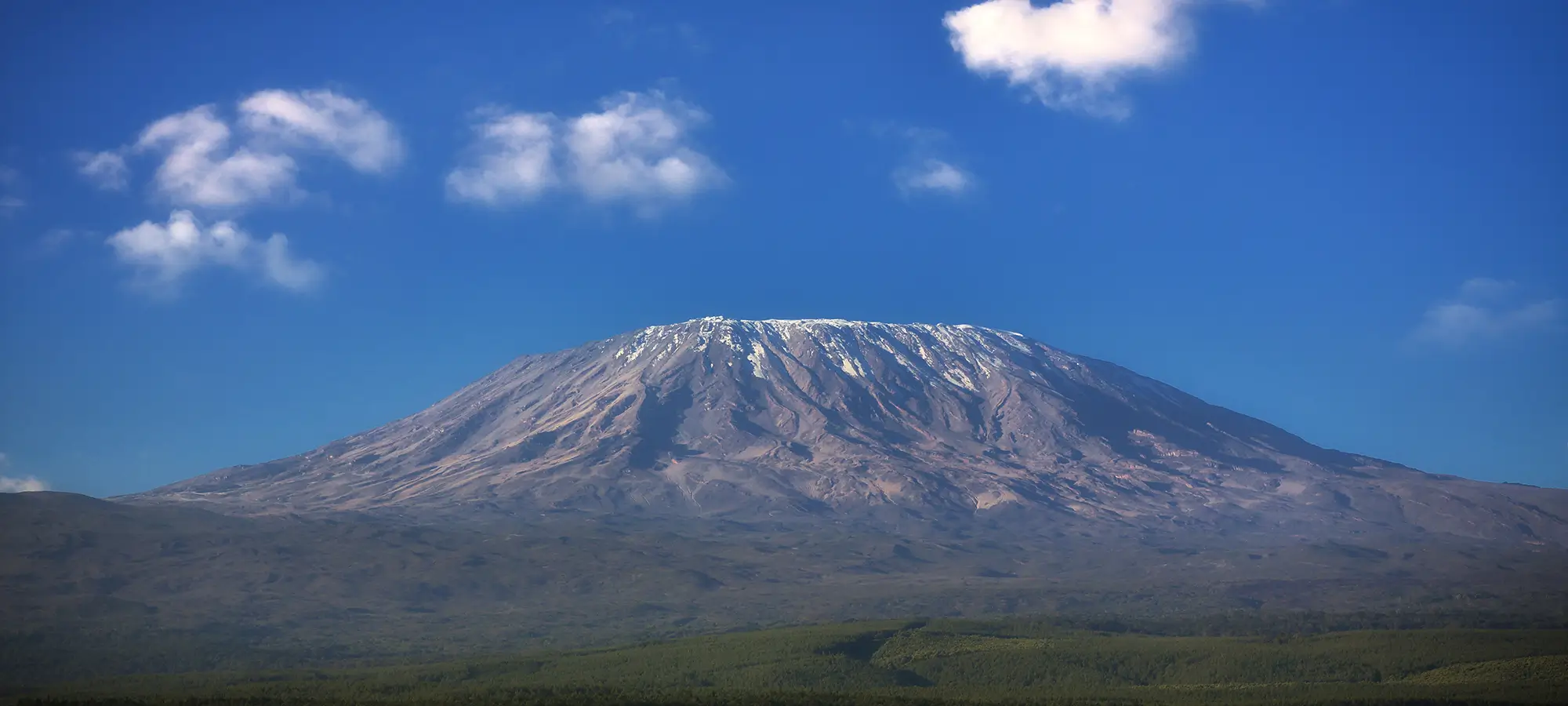TANZANIA SAFARI
BEACHES & TREKKING
EXPLORING TANZANIA WITH US
travel adventures, we excel in providing Kilimanjaro
trekking itineraries, thrilling Safari adventures,
and idyllic Zanzibar escapes.
RE-IMAGINE TRAVEL IN TANZANIA WITH KEARSLEYS
If you are looking for a distinguished, tailor-made, and a high-end safari holiday in East Africa, you have come to the right place. We are ready to take you on a breath-taking experience into the heart of nature’s wonders with all the care and attention you need.

DONT KNOW WHERE TO GO?
Sitting on her bag, utterly lost on the road, she pondered,
"Don't know where to go? Join Kearsleys! With over 75 years of navigating Tanzanian wonders, we're your GPS through the jungle of adventure. Let's make your journey hilariously unforgettable!"
EXPLORE TANZANIA TRIPS AT EXOTIC DESTINATIONS
Experience thrilling adventures at exotic destinations with us. Discover the world's hidden gems and create unforgettable memories on our carefully curated trips.

Serengeti

Ngorongoro

Tarangire

Manyara

Zanzibar

Dar es Salaam

Kilimanjaro
TOP FEATURED EXPERIENCE
Discover our handpicked collection of extraordinary packages, each a gateway to Tanzania's untamed beauty. Immerse yourself in thrilling experiences guided by our experts.

Experience a seven-nights retreat at Meliá Zanzibar, where leisure is paramount daily. Nestled in luxury, each night promises tranquility in this idyllic haven. With world-class amenities and Zanzibar's serene ambiance, indulge in seamless comfort and leisure throughout your unforgettable stay.
$2,850 - $3,600 per Person

Savor seven nights of bliss in the Terrace Room where opulence meets serenity. Indulge in culinary delights amid the luxury of your private terrace, offering breathtaking views. This retreat promises a perfect blend of relaxation and sophistication, creating lasting memories on the captivating shores of Zanzibar.
$1,800 - $2,450 per Person

Experience pure indulgence in a seven-nights retreat at Zuri Zanzibar, where the lavish Three-Bedroom Villa awaits. Luxuriate in the spacious elegance, enjoying the perfect blend of comfort and sophistication. Seven nights of tranquility unfold in this haven, creating enduring memories on Zanzibar's enchanting shores.
$4,950 - $9,000 per Person

Indulge in a seven-nights escape, where luxury meets tranquility at the opulent Gold Zanzibar Hotel. Immerse yourself in lavish accommodations, surrounded by the pristine beauty of Zanzibar's shores. Each night promises a retreat into comfort and sophistication, creating a seamless fusion of relaxation and indulgence throughout your unforgettable stay.
$2,100 - $3,350 per Person

Experience seven nights of pure luxury in the Royal Zanzibar's Superior Room. Indulge in comfort and elegance while surrounded by the stunning beauty of the resort. Your retreat promises a perfect blend of relaxation on the captivating shores of Zanzibar, creating lasting memories in this tropical paradise
$1,150 - $1,950 per Person

Discover the Luxury Tanzania Family Safari, seamlessly blending cultural immersion and wildlife adventure. Explore the Maasai Tribal Village, enjoy exclusive Private Game Drives, and savor a Hot Bush Lunch in nature. Elevate your experience with a captivating Hot Air Balloon Safari and explore coastal wonders in Zanzibar. A meticulously crafted journey awaits, ensuring an unforgettable family escapade.
Visit Lake Manyara, Ngorongoro, Serengeti & Zanzibar.
$7,400 - $10,600 per Person

Experience 13 nights by traverse the enchanting landscapes of Lake Manyara, the breathtaking Ngorongoro Crater, and the iconic Serengeti during a captivating safari. Conclude your journey in the tropical haven of Zanzibar, where pristine beaches and cultural richness create the perfect finale to this unforgettable exploration.
Visit Lake Manyara, Ngorongoro, Serengeti & Zanzibar.
$6,350 - $9,800 per Person

Imagine a joyful 13-nights Beach to Bush to Beach Safari, where azure waters meet untouched Zanzibar beaches. Explore Stone Town's charm, venture into Serengeti's wild party of untamed wildlife, a delightful blend of coastal bliss and safari adventures.
Visit Zanzibar Beaches, Stone Town, Serengeti National Park & Ngorongoro Crater
$5,400 - $8,000 per Person








OUR PARTNERS
We deeply value our partners, whose collaboration and expertise are integral to our success. Together, we achieve greater innovation, growth, and mutual accomplishment.










Blog & News
Learn about African Safari experiences, Kilimanjaro climbing and Beach holidays on our latest blogs and stay updated with the latest news to plan your holidays better.
Scaling Majestic Heights: Conquering Mount Kilimanjaro – Africa’s Most Iconic Mountain Adventure
Picture yourself standing atop Mount Kilimanjaro, the highest peak in Africa, surrounded by breathtaking views of Tanzania's vast landscapes. Scaling majestic heights, conquering this iconic mountain adventure is an experience like no other. In this awe-inspiring journey, you'll push your limits, both physically and mentally, as you navigate through diverse terrains, from lush rainforests to...






